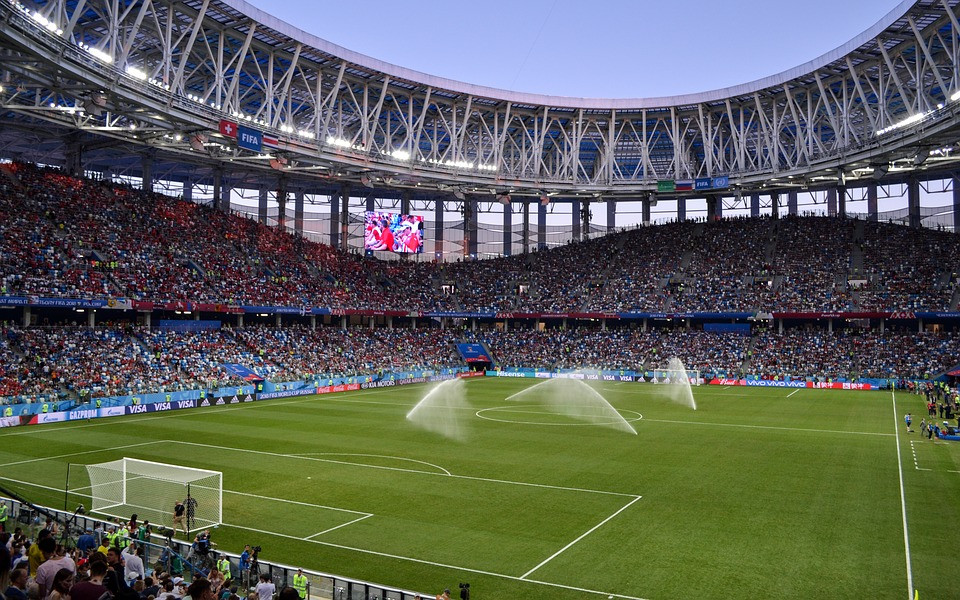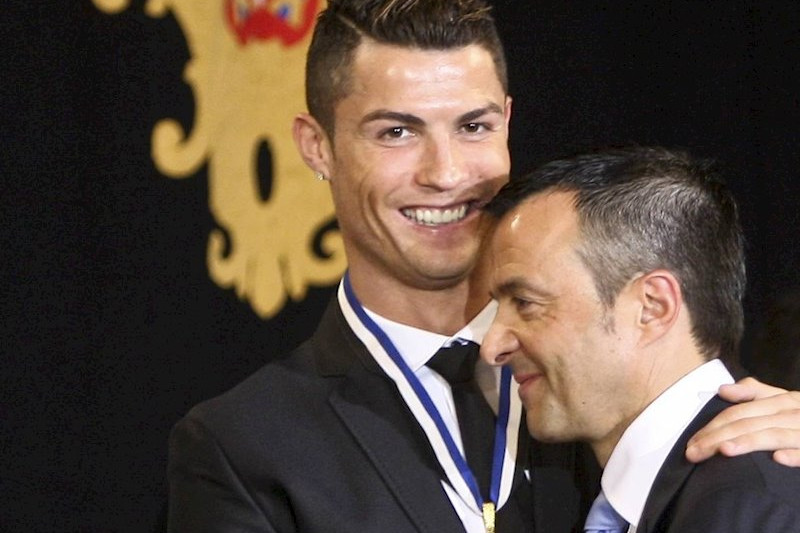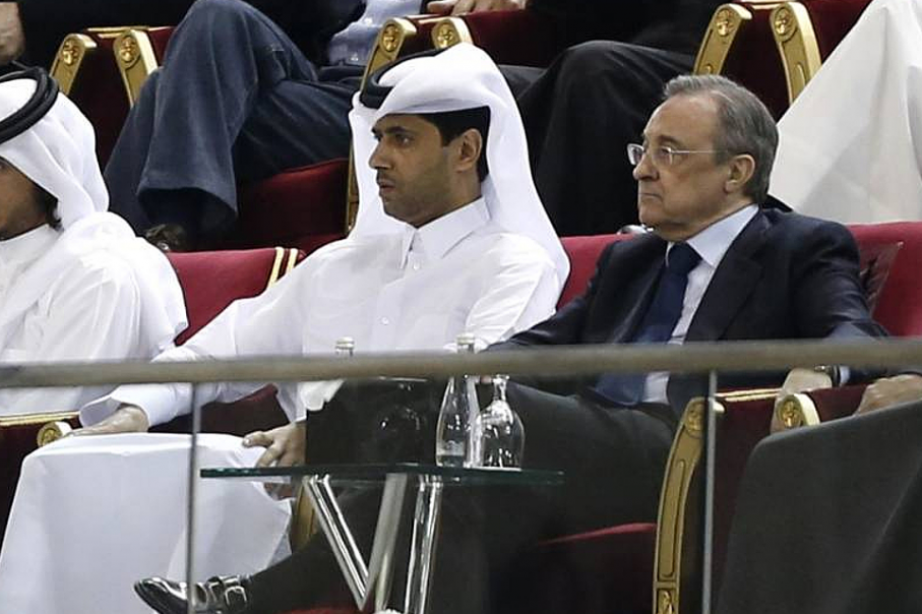Just a year after the 2018 World Cup in Russia and, looking retrospectively from the economic perspective of a cost-benefit analysis, we might wonder to ourselves: does the organization of these global sporting macro-events bring significant profits? We shall see...
From the outset, the World Cup in Russia involved a level of expenditure never seen before: 11,954 million dollars. Of this figure, 71% corresponded to different Russian public administrations (57% to central government and 14% to different regional governments. The investment was mainly destined to the construction or remodelling of 12 stadiums, 13 hospitals, 96 training camps, 11 airports, 3 train stations and 12 motorways. In addition, 27 built-from-scratch hotels were constructed. Despite being such a high investment, we estimate that by 2024 the country will have already amortized this investment. Furthermore, it will be able to report a net profit from the projects and improvements begun as a result of being designated the competition host venue.
Prior to hosting the World Cup, the Russian government estimated that the positive impact of the country's economy would be 1% of GDP. That is to say, some 14,000 million dollars distributed between the different phases of the preparation process. These preparatory phases officially kicked off in 2014, at the end of the previous World Cup. Regarding the evolution of the Russian economy, this same government affirmed that “without the World Cup there would not have been economic growth in 2018”. The geographical dispersion of the competition to the farthest corners of the country -which has the greatest extension in the world- helped to unite the country and favoured the redevelopment of some of the most depressed areas, in the words of the same government and numerous local entity representatives.
The government estimated that during the succeeding 5 years, the total impact of the World Cup would have been between 4% and 6% of Russian annual GDP - about 3,000 million dollars per year.
Due to the multiplier effect, we expect that each dollar invested ends up generating 4.5 dollars, so that the accumulated final impact of the entire World Cup (preparation, hosting and subsequent stages) would have an impact on Russia totalling 54,000 million dollars.
During the competition days, the country received 570,000 tourists, about 220,000 more than in the 2010 World Cup in South Africa, but about 330,000 less than those in Brazil 2014.
In just a single month, some of the regions with the greatest presence in the competition received the equivalent of the total number of tourists they used to receive annually. The expenditure of these tourists in the country was about 600 million Euros, about 1,050 Euros per person on average. The media projection of the World Cup hosting country, independently of other characteristics, feels the impact on tourism from 2 years before the event and it still endures until a few months after the end of the event.
The economic impact of the World Cup in Russia was not limited to its borders. In countries where the presence of TV at home is less frequent, the sale of TV sets increased more than 5% compared to the same period the previous year. The online gambling business turned over close to 50,000 million dollars, almost as much as the total accumulated impact on the Russian economy during the previous stage and that expected from the subsequent stages.
In the field of employment, the World Cup in Russia triggered the creation of 100,000 jobs in different sectors; only in construction, 13,000 people were hired. In fact, in 2018 Russia reported the lowest unemployment data in the previous 20 years: during the 3 years prior to the World Cup, it fell from 5.8% to 4.8%, signifying statistics close to a situation of full employment in the Russian economy.
After analyzing the impact of the World Cup on economic activity and employment, another relevant variable is prices, since any significant increase in inflation could "eat up" economic growth. In the case of Russia, the entry of foreign exchange caused a relatively slight increase in price levels. In fact, the country achieved the stabilization in the historical levels of inflation, going from 16.9% in 2015 to 2.4% in 2018, reaching western economy values.
Globally comparing the 2018 World Cup in Russia with the 2010 edition in South Africa, we discover that the impact on economic activity -measured in terms of GDP growth- was three times as much as in 2010, attracted twice as many tourists and twice as many visitors during the preparations.
The great beneficiary of holding the World Cup was FIFA, which in a short period of time obtained an income of about 6.4 thousand million dollars.
With the income collected from the sale of tickets -some 782 million dollars- FIFA directly obtained 112 million.
The overall analysis of the Russia World Cup monetary flow leads us to the following conclusions: 1) the organizing country is the one that finds and carries out the investments required by FIFA; 2) it is difficult to estimate the final economic impact 100%, since the impact on the real economy is felt over the following few years; 3) FIFA is the main beneficiary from the organization of a World Cup.











